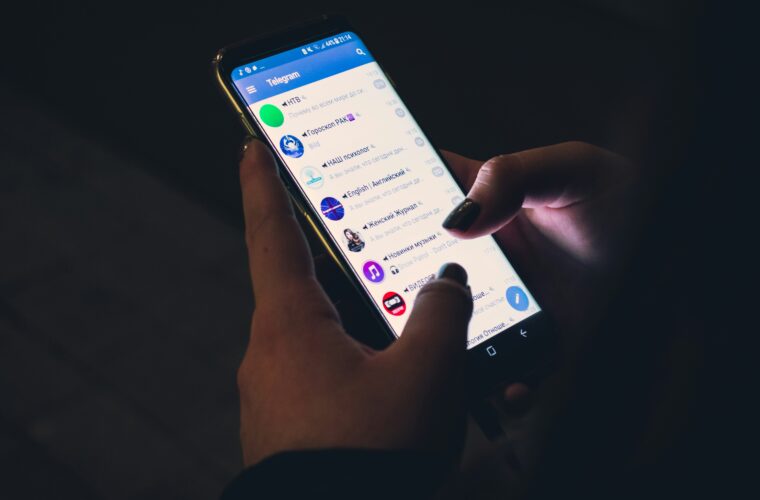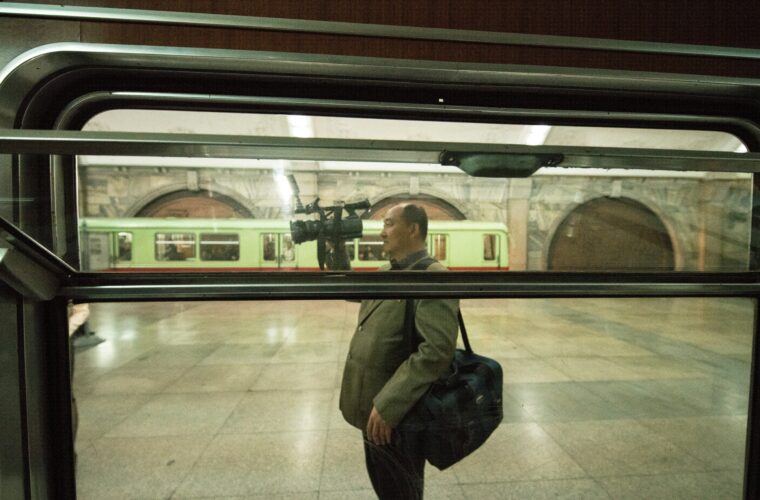Driving lessons simulators: When done with their college entrance exams, many Korean high school students head to driving schools, taking their first step to becoming adults – getting a driving license. Here, they have two options. One is joining a school that allows you to drive “real” cars. Although it varies by school, usually, they are priced at more than 750 US dollars for three-to-four-day courses.
The other is registering at a school with virtual driving simulators. Yes, you heard it right. People learn how to drive and gain road experiences through these virtual simulators. These schools have machines with car seats and three displays, each showing left- and right-side views and the front. Users can select their routes based on the types of exams they are sitting.
Several franchises run indoor driving simulation services, but the biggest is Gosu Driving. The franchise owns more than 80 schools nationwide today and has had more than one hundred thousand students since its foundation in 2019. The company explains that its target customer base is teenagers and people in their 20s hoping to improve their driving skills or learn from scratch.
Driving lessons simulators
The biggest catch of these driving simulator schools is price and schedule flexibility. The service of this franchise is offered at a cheaper price range than other driving schools, from 350 to 450 US dollars. Registered users can also choose their learning schedules via online chats and receive one-on-one lessons from school driving teachers. If registered to unlimited plans for three months, people can use the machines as often as possible.
Recently, I also registered at a driving simulator school to get a driving license for the same reasons. The result was a success but had a few bumps in the process. The biggest challenge is the difference between driving a simulator and a real car. No matter how well it recreated driving experiences, motoring an actual car was far more difficult due to differences in sizes or features.
Preparing for a road exam through simulators also was not easy. Users could memorise and prepare for certain patterns of accidents on simulators, such as changing traffic lights. However, real road drivers often showed unexpected behaviours I was unprepared for, such as merging with another lane without turning on signals or exceeding the speed limit.



